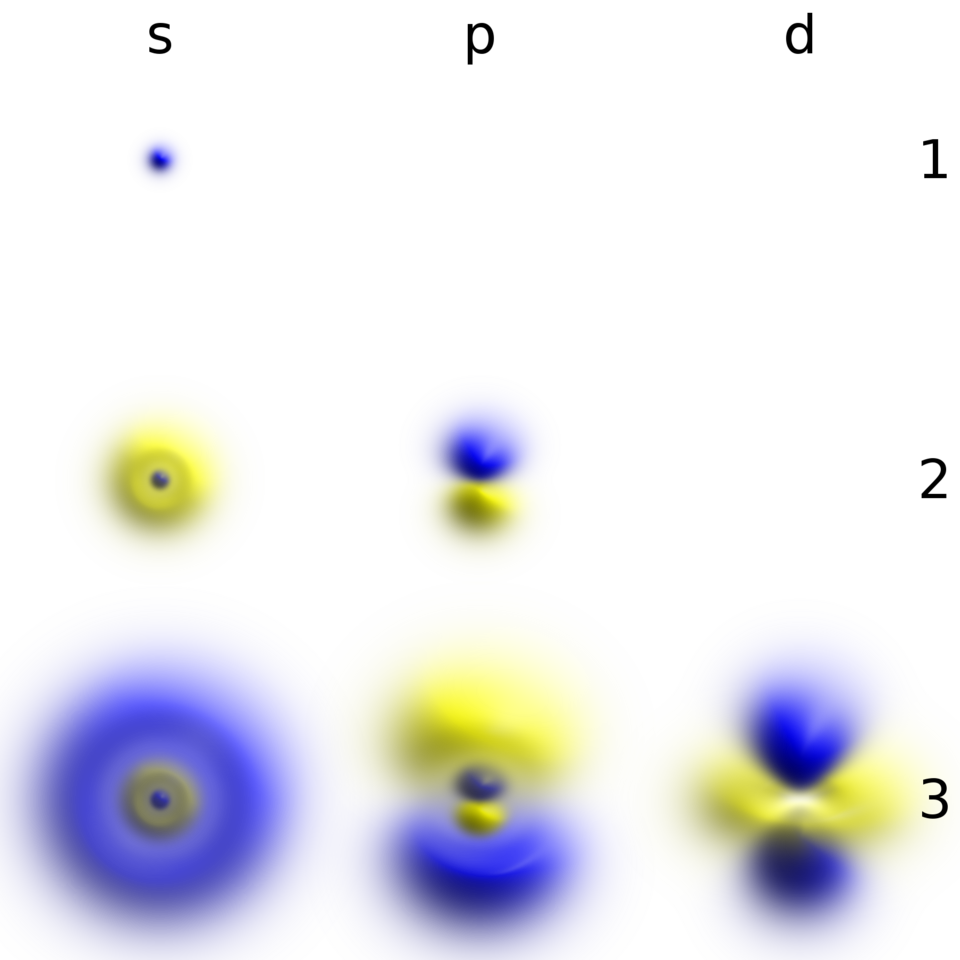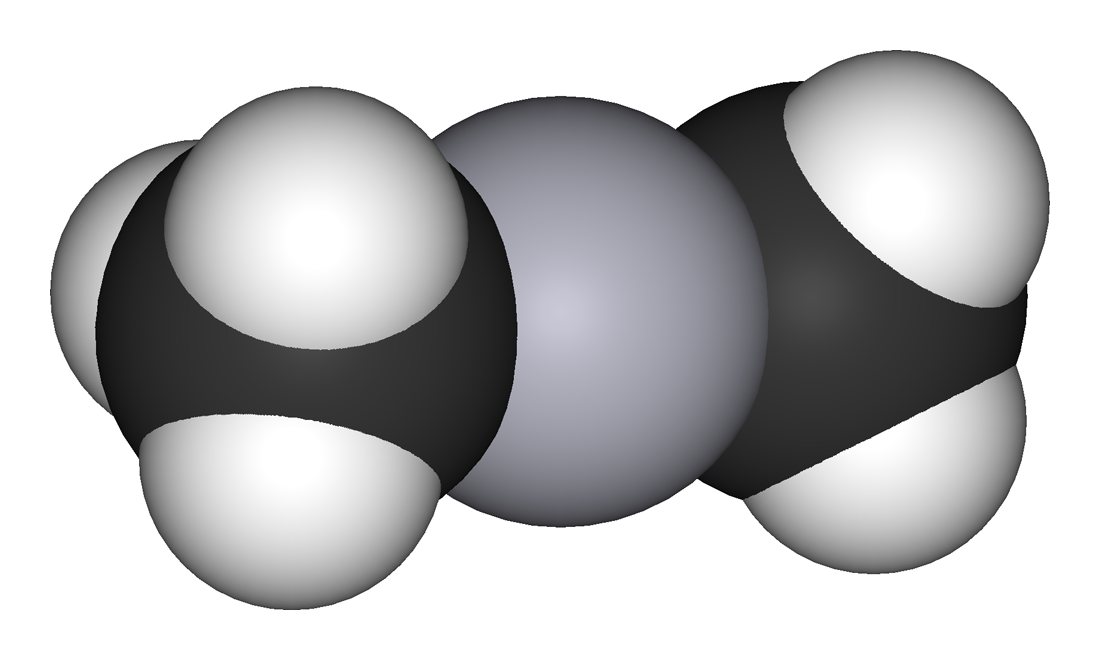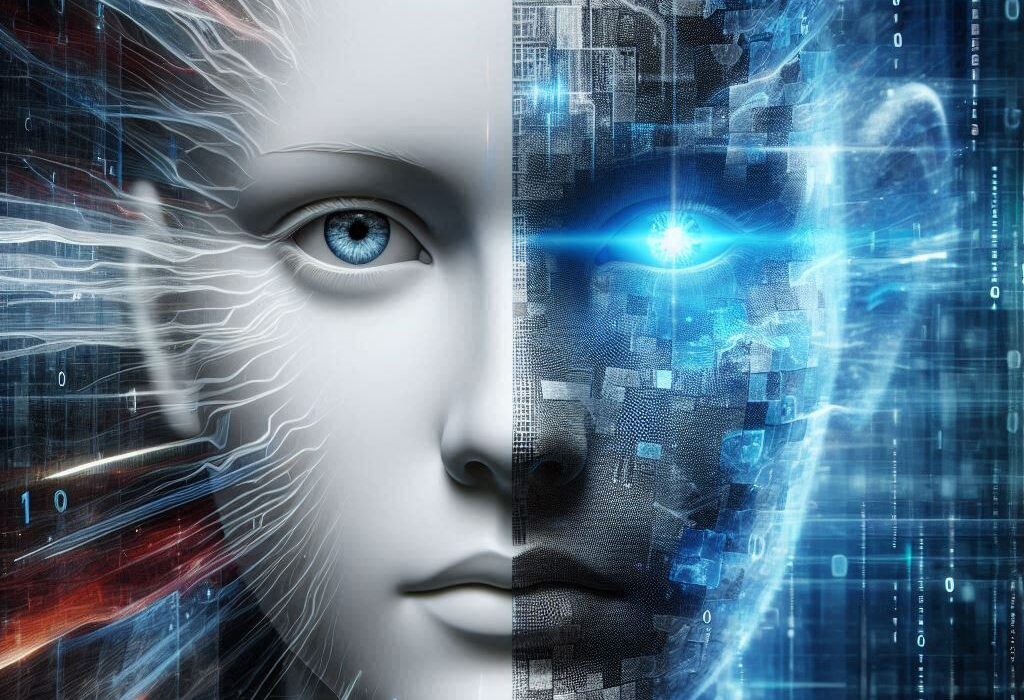Every moment of your life, from the blinking cursor on your screen to the beating of your heart, hinges on the tireless work of tiny, invisible particles zipping through the universe: electrons. They’re not just footnotes in the periodic table or abstract entities from a high school physics lesson—they are the very foundation of modern civilization. Without electrons, there would be no electricity, no chemistry, no biology, and certainly no smartphones, computers, or spacecraft. They are the quiet movers of modern technology, dancing unseen beneath the surface of everything we do.
But what exactly are electrons? Where do they come from? What makes them so powerful, so essential, and yet so elusive? To answer these questions is to delve into the very essence of matter and motion, to touch the roots of the universe and the blueprint of technological advancement.
The Birth of the Electron: A Historical Detour
The story of the electron began not with digital devices, but in the flickering glow of gas tubes in 19th-century laboratories. In 1897, a young British physicist named J.J. Thomson was experimenting with cathode rays—mysterious streams of light emitted inside vacuum tubes. Through careful measurement and inference, he concluded that these rays weren’t waves, as many had assumed, but streams of negatively charged particles far smaller than atoms.
He called them “corpuscles,” but the world would soon know them by a more enduring name: electrons.
This discovery shattered the long-standing belief that atoms were indivisible. The electron was the first subatomic particle ever identified, and its existence opened the door to a new era of physics and chemistry. Suddenly, the atom was not the smallest unit of matter but a complex structure with internal architecture. Electrons became the building blocks of charge, interaction, and motion—key players in a universe that was far more dynamic and mysterious than Newton had imagined.
Electrons: Not Just Particles, But Waves Too
As the 20th century progressed, our understanding of the electron deepened and twisted in surprising ways. Physicists discovered that electrons don’t behave like tiny billiard balls. Under certain conditions, they exhibit the properties of waves. This dual identity—sometimes particle, sometimes wave—defies intuition but sits at the heart of quantum mechanics.
In 1927, the famous double-slit experiment revealed just how strange electrons really are. When fired one at a time through two slits, electrons don’t simply pass through one or the other—they create an interference pattern, a signature of waves interfering with themselves. And yet, when measured directly, they appear as particles. This duality suggests that electrons don’t exist in just one place or state until observed—a profound implication that redefines reality itself.
This quantum weirdness isn’t just philosophical fluff. It’s what allows electrons to tunnel through barriers, inhabit multiple states, and bind atoms into molecules. These quantum properties are the basis of semiconductors, lasers, MRI machines, and so much more. In other words, the technological world rides the edge of the electron’s mystery.
Electricity: The Dance of Electrons
Electricity is often described in terms of volts, amps, and watts, but beneath all the numbers lies the choreography of electrons in motion. In a metal wire, for instance, atoms sit in a lattice structure, with electrons loosely bound to each atom. These outer electrons, known as conduction electrons, are free to move when a voltage is applied.
Apply an electric field, and the electrons begin to drift in one direction—not like cars on a highway, but more like a chaotic swarm subtly nudged toward a common path. This collective movement of charge is what we call an electric current.
What makes this movement remarkable is its scale. Even the tiniest flow of current in a household wire involves trillions of electrons in motion. They move slowly—typically just fractions of a millimeter per second—but the electric field that prompts them moves at near-light speed. Flick a switch, and the lights come on almost instantly, thanks to this ripple of influence through the electron sea.
Electricity powers our homes, charges our devices, and runs the machines that shape our lives. And at every step, it’s electrons that do the heavy lifting.
Electronics: Harnessing the Electron’s Subtlety
Electricity gives us power, but electronics gives us control. The revolution that gave birth to computers, smartphones, and space probes emerged when humanity learned not just to move electrons, but to orchestrate them.
The heart of modern electronics is the semiconductor—a material, usually silicon, whose ability to conduct electricity can be precisely manipulated. By adding tiny amounts of impurities, engineers create “n-type” and “p-type” regions, allowing electrons and their positively charged counterparts, “holes,” to flow in carefully controlled ways.
At the core of these designs lies the transistor, a tiny switch that uses a small voltage to control a larger current. Billions of transistors can now be etched onto a single microchip, directing the flow of electrons with astonishing precision. Each one acts as a logic gate, allowing devices to perform calculations, store memory, and execute complex programs.
Transistors enabled the first computers to shrink from room-sized monsters to pocket-sized smartphones. They allow satellites to navigate, medical devices to monitor our health, and artificial intelligence to learn and adapt. All of it—every byte, every pixel, every calculation—is electrons switching pathways inside silicon forests.
Quantum Mechanics: Where Electrons Break the Rules
To understand how deeply electrons shape technology, we need to peer beneath the surface of classical physics and into the probabilistic world of quantum mechanics. Here, electrons are not merely small particles; they’re probability clouds, existing in smeared-out waves of potential until something disturbs them.
Quantum mechanics explains why electrons inhabit “orbitals” in atoms—regions where they’re most likely to be found. These orbitals define the chemical properties of elements, explaining why oxygen binds the way it does, why gold shines the way it does, and why carbon can form the backbone of life.
But quantum mechanics also reveals strange new capabilities. Electrons can become “entangled,” linking their states across vast distances. They can tunnel through barriers they seemingly shouldn’t be able to cross. These bizarre properties have given rise to an entirely new field: quantum technology.
Quantum computers, still in their infancy, promise to use entangled electrons and qubits to solve problems no classical computer could ever manage. Quantum cryptography uses electron states to create unbreakable codes. And quantum sensors may one day measure gravitational waves, magnetic fields, and even brain activity with unprecedented precision.
The rules of electrons in the quantum world are strange—but they offer opportunities beyond imagination.
Electrons and Chemistry: The Bonds That Bind
Every chemical reaction you’ve ever seen or studied—whether it’s a candle burning, a plant photosynthesizing, or a battery discharging—comes down to the rearrangement of electrons. They form the bonds between atoms, break those bonds, and form new ones in endless combinations.
In molecules, electrons don’t orbit atoms like tiny moons. Instead, they form shared clouds that link atoms together—covalent bonds. They can also be donated or stolen, creating ionic bonds, or shared unequally, resulting in polar molecules. The dance of electrons determines the shape, reactivity, and energy of everything from water molecules to DNA.
Understanding electron behavior has allowed chemists to design synthetic drugs, efficient solar panels, and biodegradable plastics. It’s enabled energy storage systems, advanced materials like graphene, and novel catalysts that could one day convert carbon dioxide into fuel.
The chemistry of electrons isn’t just a science—it’s an art, shaping the colors, smells, structures, and functions of the world around us.
The Biological Side of Electrons: Life’s Spark
Even the most complex biology ultimately rests on electrons. In every cell of your body, trillions of times per second, electrons flow along biochemical pathways to produce energy. Inside your mitochondria—the power plants of your cells—a series of protein complexes pass electrons along a chain, creating a gradient that fuels ATP synthesis, the currency of biological energy.
This process, oxidative phosphorylation, is driven by electrons stripped from nutrients like glucose and fats. The electrons eventually land on oxygen atoms, forming water. Without this flow of electrons, your body would shut down in moments.
But electrons are also critical in the nervous system. Neurons fire signals by allowing waves of charged ions—primarily sodium, potassium, and calcium—to move across membranes. These movements shift electrical potentials, generating tiny currents that cascade through neural networks. Every thought, memory, sensation, and action begins as an electrical impulse, carried in part by the flow of electrons.
From respiration to cognition, from healing wounds to perceiving light, electrons are the unsung agents of biology.
Electrons in the Sky: From Lightning to the Northern Lights
Electrons aren’t confined to human-made circuits or biological cells—they’re part of the grandeur of nature itself. In the atmosphere, when a thunderstorm builds electrical tension between clouds and the Earth’s surface, a sudden discharge occurs. Electrons streak through the air, ionizing molecules and creating the brilliant flash of lightning.
High in the upper atmosphere, charged particles from the solar wind collide with Earth’s magnetic field. These particles—mostly electrons—spiral along magnetic lines and crash into atmospheric atoms, releasing energy as light. The result is the aurora borealis and aurora australis—the northern and southern lights. The shimmering greens, reds, and purples are a cosmic ballet of electrons dancing in Earth’s sky.
These phenomena remind us that electrons are not just tools—they are natural wonders, part of the fabric of the cosmos.
The Future of Electron Technology: Beyond the Silicon Age
We are now at a crossroads in the history of technology, and once again, electrons are at the center. As we approach the limits of Moore’s Law, with transistors shrinking to just a few atoms wide, engineers are turning to new paradigms.
One promising frontier is spintronics, where information is stored not in the position of electrons but in their spin—a quantum property like a tiny magnetic orientation. Spintronic devices promise faster speeds, lower energy use, and non-volatile memory that could transform computing.
Another direction is molecular electronics, where individual molecules serve as components in electronic circuits. These could lead to ultra-miniaturized devices with radically new architectures.
Then there’s plasmonics, which involves the interaction of electrons with light at metal surfaces. By manipulating electron oscillations—plasmons—researchers are developing sensors, microscopes, and communication systems that operate at unprecedented scales.
And, of course, quantum computing continues to push the boundaries of what electrons can do when entangled and superposed, offering power that could eclipse today’s digital machines.
Whatever direction we go, it’s clear that electrons will continue to shape our future. They’re not just participants in technology—they are the very medium of its evolution.
Final Reflections: Electrons as the Thread of Existence
To understand electrons is to glimpse the invisible thread that weaves together matter, energy, life, and thought. They are as much a part of our inner biology as they are of the outer cosmos. They power our machines, define our chemistry, illuminate our skies, and animate our minds.
And yet, they remain elusive—never seen directly, only inferred from their effects. Their mass is minuscule, their behavior often probabilistic, their power immense. They remind us that the universe is not merely built from large, solid chunks of matter, but from dynamic interactions, fields, and flows that operate at scales far beneath our perception.
Electrons challenge us to think deeper, measure finer, and dream bigger. They are not just components of wires or charges in batteries—they are the very spark of modern civilization.
So the next time you flip a light switch, send a text, or even take a breath, remember: you are witnessing the quiet work of electrons, the tireless travelers of the universe, the movers of modern technology—and perhaps the most fascinating particles we have yet discovered.






